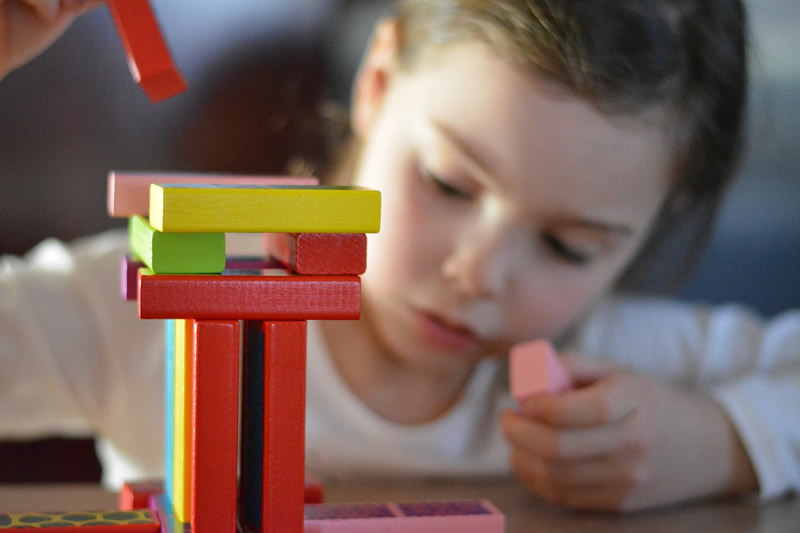Ep27 – Problem solving
I know I should probably have let her sort that out, but I know she is going to just get it wrong. Why does she make such silly decisions? Surely she can see that that is not going to work out well. I just wish she would think a bit more carefully before jumping the gun. I suppose I should be teaching her about these things, but I just don’t have the time…
Key points
- Problem solving is a skill that needs to be taught.
- You want your child to think first, and not react too quickly.
- Don’t give children the solution, give them the opportunity to learn.
Teenagers entering college in the US in recent years have been described as ‘teacups’ by college administrators and teachers — a reference to their fragile natures. Give them a challenging problem and they just don’t cope — they’re as fragile as a porcelain teacup. It seems problem solving abilities have become something of a lost skill of late. Our aim should be to produce children who are capable of dealing with their own problems, ’copers’ who are more like resilient squeeze balls than teacups.
Problem solving is a skill that needs to be taught. There is an art to this, which I will discuss shortly. Lessons need to start early, when our child is developing their early language. In earlier sections on speech and social development we discussed the importance of allowing children to participate in conversations, by giving them the time and space to say something. We also discussed techniques to encourage use of emotional and social language, so our kids can better develop a sense of another person’s point of view. These are prerequisites of problem solving.
Problem solving can be an individual exercise, or performed as a group or family. You can solve a problem together with your child, allowing them to learn on the job while you’re instructing them.
What is the problem solving structure?
You may be thinking the expression ‘problem solving’, is pretty broad and generic, and you’d be right. You can have problems that vary from whether it is better to scratch your head with your left hand or your right, right through to the US president deciding whether to launch a nuclear strike! However, all problem solving (including the two examples just mentioned) follows the same basic structure.
- The problem presents itself. This could be ‘I can’t find Mummy’, ‘That mean girl is picking on me’ or ‘I just can’t work out this puzzle’. Defining what the problem is can sometimes be difficult. It may not be that ‘I can’t find Mummy’, but more ‘I am scared when I’m by myself.’
- Options are considered. Options for ‘That mean girl is picking on me’ could include ignoring her, telling her to sod off, or informing the childcare worker in charge. Unfortunately options could also include an emotional meltdown; that is, losing it. For our kid’s sake losing emotional control, whether through sadness (crying) or anger (a tantrum), needs to become their option of last resort. If we can teach our kids that there are other options besides losing it they become more flexible and capable. This is the skill— this teasing out of options—that we really want them to develop.
- The pros and cons of each option are weighed up. ‘If I tell her to sod off, it may stop her being mean, but then I won’t be able to play with her doll later.’
- A decision is made. ‘I will tell the childcare worker.’ Whether it is the right decision is really not the point. The teasing out of options and thinking about pros and cons are the key.
- An action is taken. ‘Miss Julie, Sally is being mean to me.’
- The decision is reviewed. You can assist this review process by talking to your child after they’ve taken their chosen ‘action’ to a particular problem (even, and especially if, the action was to lose it). ‘You know, when Sally was being mean to you today, what else could you have done besides cry?’ Was it the correct option? Reflecting on problems and attempted solutions afterwards helps them refine their problem solving skills.
This structure—a teasing out of options followed by a narrowing down to a decision and action—has a diamond shape. I like to call these ‘diamond decisions.’
If your child has poor or undeveloped problem solving skills, they’ll be more like to be impulsive and jump quickly to wrong decisions. This is why you see more crying and tantrums in two and three year olds, who are just learning the basics of problem solving. (Crying and tantrums in college students is a bit more of a worry.)
Teach children to think first
When it comes to problem solving you want your child to think first, and not react too quickly. We need to teach them not be impulsive; to avoid the knee-jerk reaction. This is yet another skill we should model to our child — we should act only after reflection, and after considering what the other persons involved are likely thinking. It’s not so much what they are doing, but how they are thinking, we need to target. We are in essence teaching them to ‘think better’.
How can we do this?
Provide them with the raw materials needed to solve the problem — a description of the problem, a hint or two of possible solutions, a suggestion that this might be a good time to think about their options. ‘What do you think? ’
Offer your perspective on things as they stand. (‘Hmm, yes, that toy does seem to have run out of batteries. I can see you are upset about that, I would be too if I were you. What do you think we should do?’). Whatever you do, don’t give them the solution! Don’t do it for them! We want to give them the opportunity to learn.
Allowing them to be a bit wrong demonstrates your respect for them (‘I respect you enough to allow you to have a crack at this’) and gives them a chance to learn from small mistakes, so they are less likely to make bigger ones in the future.





